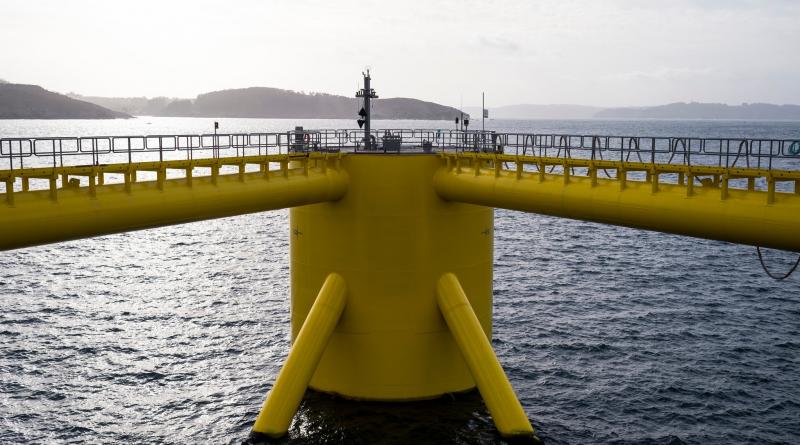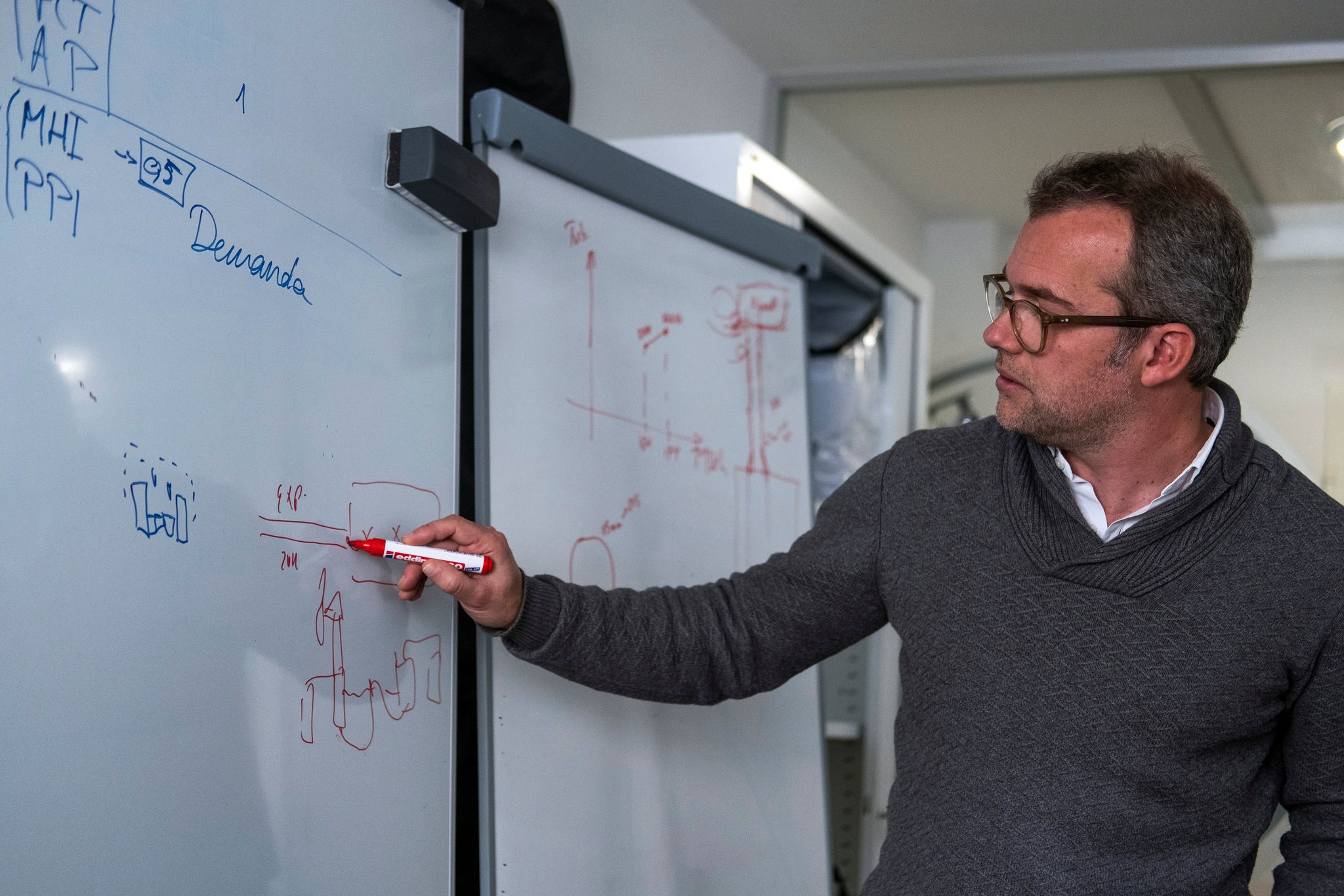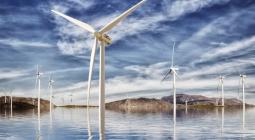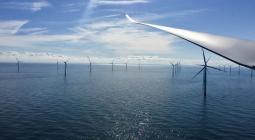A New Weapon Against Climate Change May Float.

The wind power industry sees an opportunity in allowing wind turbines to be pushed into deeper water.
This article is part of a special report on Climate Solutions.
FERROL, Spain — A strange-looking contraption that could represent a new frontier in clean energy wallowed in the water alongside a coal dock here in a bay in northwest Spain.
This floating wind turbine with a tower about 600 feet high was sheltering in the harbor. After waiting out the rough winter seas and the disruption from the coronavirus pandemic, it was towed in late May to join two others anchored in the Atlantic in 330 feet of water 11 miles off Viana do Castelo on the northwest coast of Portugal.
The idea is to try to stake out a vast new area of the oceans for the wind power industry. Generating electricity from wind began on land, but developers, led by Orsted of Denmark, started venturing into the sea in the early 1990s as they sought wide-open spaces and to escape the objections of neighbors to having a twirling monster next door.
Three decades later, offshore is now the fastest-growing segment of the wind business, but marine wind farms have been limited to water shallow enough to allow turbines to sit on piles or other supports on the sea bottom. About 200 feet in depth is the outer limit for such devices, people in the industry say.
If platforms could be put almost anywhere at sea, “we can go to areas where we have never before harnessed the wind,” said José Pinheiro, the project director of WindFloat Atlantic.
Mr. Pinheiro’s machine floats on three partly submerged columns, each about 100 feet long. Steel catwalks bridge the gaps between the giant cylinders. Sensors signal to pumps to add or remove water from the columns to keep the platform at the right level for optimal wind generation. In a gentle sea in the bay, the vessel, which weighs thousands of tons, seemed remarkably stable.

In a conversation in the port’s office building, Mr. Pinheiro said that putting turbines on floating platforms would allow wind developers to follow the lead of the oil industry, which routinely drills in water a mile deep. That would open markets like the West Coast of the United States, France and South Korea.
Most offshore wind farms have been installed off countries like Britain, Germany, Denmark and China, which have large expanses of shallow water extending from their coasts.
Offshore wind has surged over the last three decades as turbines have become larger and more powerful, bringing down costs. While still representing less than 1 percent of world electricity generation, offshore wind grew at nearly 30 percent per year over the last decade and has become a major factor in power generation in northern Europe.
How large a weapon in the battle against climate change could this industry become? Analysts at the International Energy Agency, a Paris-based group, estimated that if floating technology were widely adopted, the industry would have the technical potential to eventually supply the equivalent of 11 times the world’s demand for electric power. Electricity generation is both a source of emissions and a potential means of reducing them. Many analysts say that powering everything from cars to factories with clean electricity will need to play a big role in achieving climate goals.
Of course, the pandemic will likely slow investment decisions in the coming months, and there are obstacles to the deployment of the new devices, including perfecting the technology and persuading governments to open large portions of their waters to developers.





